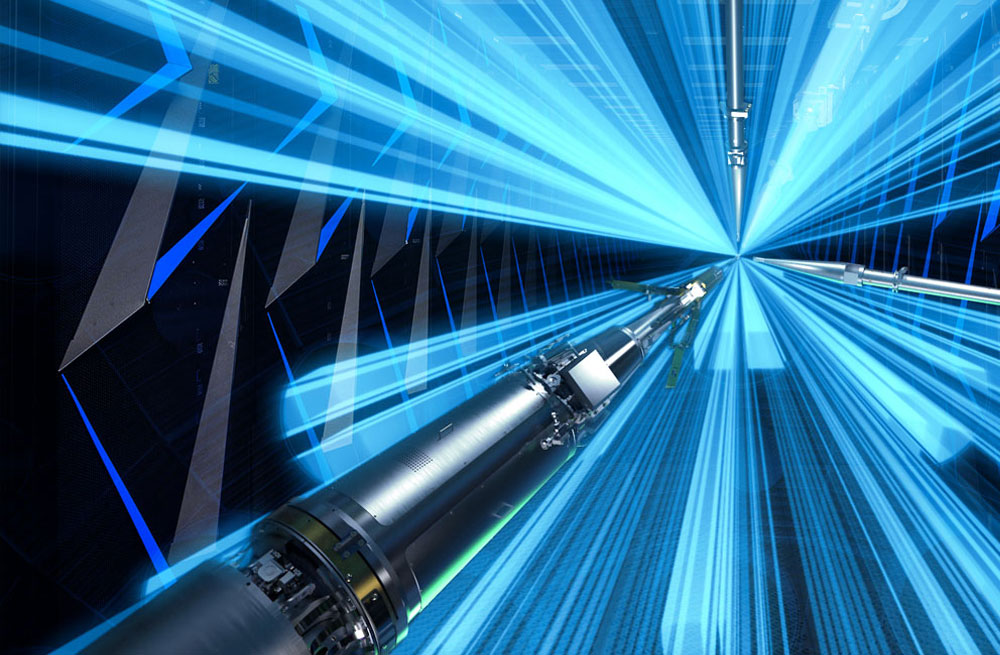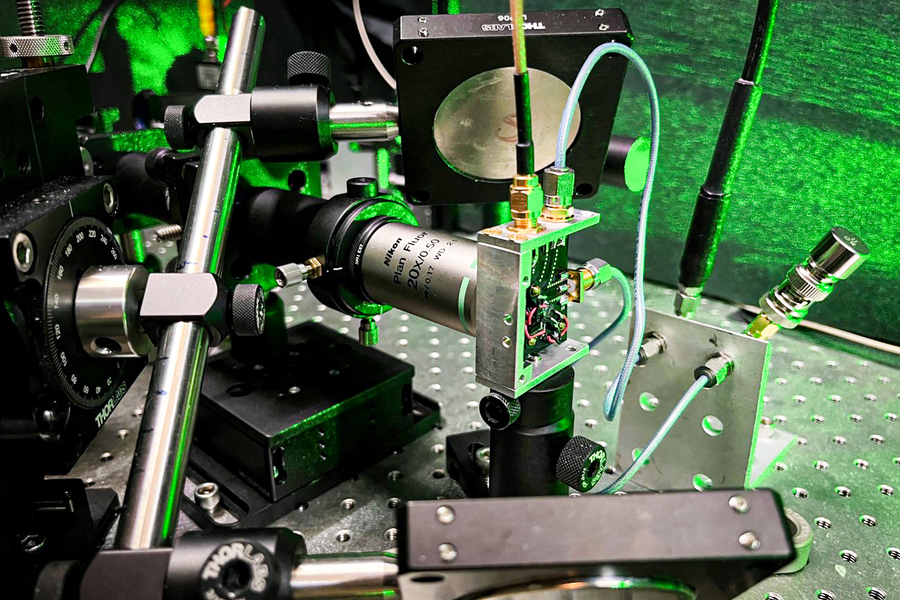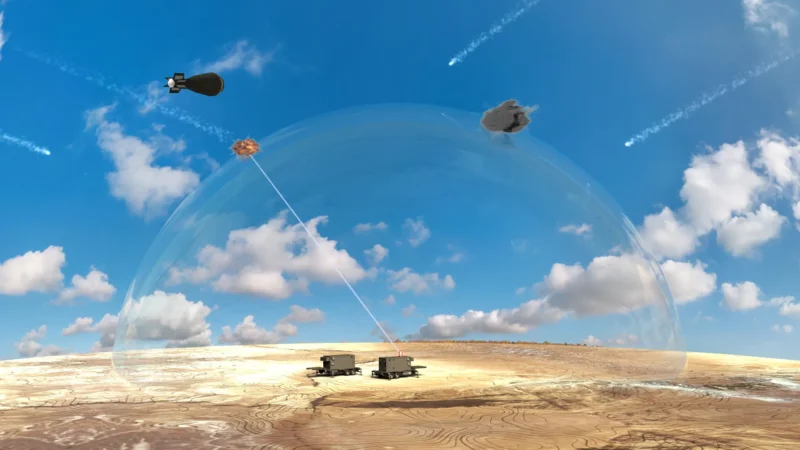The modern world is constantly changing and evolving, and defense systems must keep up with these changes to remain effective. One of the most advanced technologies used to power modern defense systems is laser technology.
This highly specialized form of light energy has become an essential tool for creating more efficient defensive capabilities. With its unique ability to both detect and destroy targets, laser technology has revolutionized the way that military operations are conducted today.
In this article, we will explore how laser technology is being harnessed to create state-of-the-art defense systems that can protect us on land, sea, and air. We will discuss its various applications as well as the challenges associated with its implementation in a variety of different contexts.
Finally, we will look at some examples of how advanced laser-based defense systems are currently being used around the world today.
Benefits of Using Lasers for Advanced Defense Systems
The use of lasers for advanced defense systems has many advantages. Lasers can be used to detect potential threats from a distance and provide clear, precise information about their location and nature.
This enables commanders to respond quickly and efficiently in high-stakes situations. Additionally, laser technology is relatively small and lightweight compared to traditional radar-based detection systems, allowing it to be deployed quickly in rapidly changing environments.
Furthermore, lasers are capable of providing more detailed images than other sensing technologies due to their ability to penetrate difficult terrains such as thick forests or urban areas with tall buildings. Finally, laser technology requires minimal maintenance costs and offers greater accuracy than other methods of surveillance due to its precision targeting capabilities. All these benefits implement lasers for advanced defense systems an ideal choice for any nation’s military operations.
Potential Challenges in Utilizing Laser Technology for Defense Applications

One of the potential challenges in utilizing laser technology for defense applications is that it can be difficult to control and direct these powerful beams accurately. Lasers are incredibly precise, but they need to hit their intended target consistently.
For this reason, the development of advanced guidance systems is essential to ensure that the lasers remain on course and reach their destination safely. Additionally, there may be certain environmental conditions or scenarios where laser technology may not perform as expected due to unfavorable atmospheric conditions or interference from other sources such as clouds or smoke.
This could lead to a decrease in accuracy which could have major implications for mission success. Finally, due to the amount of energy required by some types of lasers, adequate power supplies must be ensured so that they can operate effectively without interruption over long distances and durations.
Current and Future Development of Laser-Based Defense Technologies
The advancements in laser-based defense technologies have been remarkable and continue to evolve with time. Today, lasers are being used more than ever before as a tool for protecting people, property, and nations from threats both internal and external.
Laser technology has also proven itself to be an effective deterrent against hostile forces by providing increased levels of accuracy and precision compared to traditional forms of defense systems. As the world continues to move towards increasingly volatile security situations, the development of advanced laser-based defense systems is becoming even more urgent.
Military forces around the world are now turning to laser weapons as a reliable means of protection against aerial attacks or ground assaults. With its ability to deliver high power at long distances with great speed and precision, it offers superior performance over traditional methods such as ballistic missiles or artillery fire.
In addition, research into new types of directed energy weapons is gaining steam which may one day allow for greater control over beam intensity and range via software programming instead of relying on fixed hardware components like today’s existing laser defense systems do. This would drastically reduce costs associated with developing these complex weapon systems while simultaneously offering unprecedented operational flexibility for military operations in any given theater of war.
Finally, it seems that technological advances in artificial intelligence (AI) could further revolutionize how we use lasers for defensive purposes in the future by enabling computers to autonomously detect threats within their operating environment while responding quickly with accurate countermeasures without human intervention required beyond initial setup parameters set up beforehand. Ultimately this could result in improved safety protocols when defending against incoming enemy attacks that take into consideration factors like collateral damage minimization which is something manual operators might not be able to analyze quickly enough during times of crisis.
Conclusion

The use of Laser Technology in advanced defense systems has proven to be a major advancement in the field of military defense. Not only does this technology offer unparalleled accuracy and precision, but it also allows for improved monitoring capabilities by providing an increased ability to detect targets from longer distances.
Further research into laser technology should continue to expand its potential applications in defense systems, allowing us to maximize our defensive capability while minimizing risks associated with traditional weapons.


